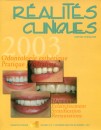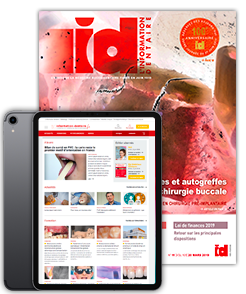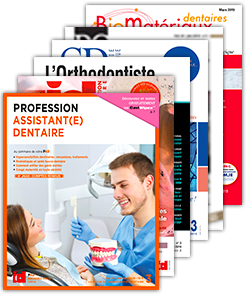The choice of an esthetic restoration is made depending on many parameters, and various materials are available. Composites and ceramics and numerous techniques for their use have been proposed, both direct or indirect. For the practitioner, it is, above all, useful to understand and to master the technique protocols which are constantly evolving. The patient, who generally demands these restorations, must demonstrate sufficient motivation and compliance regarding these treatments. Many recent studies, both in vitro and in vivo, may help us to show the technique imperatives which can greatly affect these restorations. Longitudinal or retrospective clinical evaluations allow us to better define the possibilities and the limits of their use. Presently, results indicate that there is little difference between the various types of restorations in terms of their global success rates. The treatment decision depends more on local conditions and clinical evaluation. Indirect techniques respond favorably to multiple restorations, notably for the restoration of premolars, where the success rate is the best. The direct techniques may be favored in many single unit restorations, notably thanks to the sandwich technique employing glass-ionomer. Well performed, whatever technique is used, esthetic restorations are considered to be clinically acceptable in the majority of clinical situations.
POSTERIOR ESTHETIC RESTORATION : DIRECT OR INDIRECT ?
- Par
- Publié le . Paru dans Réalités Cliniques n°4 - 15 décembre 2003 (page 423)

Cet article est réservé aux abonnés.
Pour lire la suite :
Vous êtes abonné.e ?
Connectez-vous

Pas encore abonné.e ?
Abonnez-vous

Abonnez-vous pour recevoir la revue et bénéficier des services en ligne et des avantages abonnés.
Vous pouvez également :
Acheter l'article
En version numérique
Acheter le numéro
À l'unité






